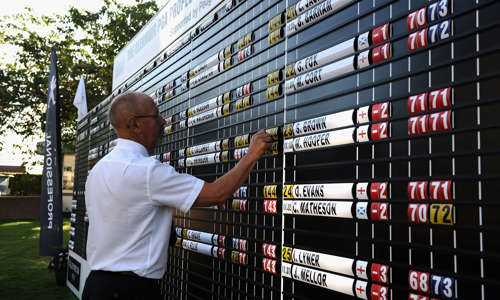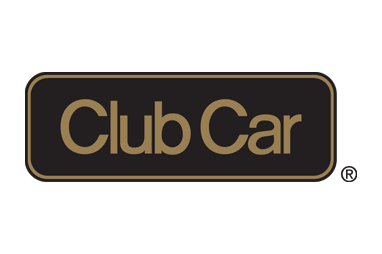Keep invoices for everything
One of the first things you have to do when putting your claim together is provide an invoice for every single thing for which you’re claiming. That includes staff clubs. That includes any members’ clubs or any repairs that needed doing or have been completed. You have to find an invoice for everything.
The thieves took every bit of hardware we had in the studio – every single head and every single shaft – and we needed an invoice for all of it.
Fortunately, my wife is an accountant and for the last few years has worked in the business. If it wasn’t for that, I would have really struggled. It took ages to do, because you have to put an invoice number to every item you’re claiming for and then you have to provide that invoice.
Ensure your alarm is serviced and to the required requirements
It’s really important you look at the requirements in your [insurance] policy and make sure they’re absolutely spot on and your alarm is serviced to the same requirements.
It used to be quite easy but Red Care is now becoming obsolete and it’s DualCom, which has GPRS and an internet connection so if one drops out the other kicks in.
You’ve got to make sure your alarm company fit that and it’s working. It was for us, but I got the feeling from questioning [during the claim] that it is something that can slip and people don’t have that.
So make sure DualCom is working and have that tested regularly and get the alarm system tested through services.
In a forthcoming article, Paget will offer advice on what to think about in the aftermath of a break-in




































